
Stop buying these 10 cleaning scams
In today’s pursuit of cleanliness and convenience, consumers are constantly drawn to a vast array of cleaning products, each promising miraculous results. From streak-free windows to odor-free trash bins, the marketing is persuasive. Yet, many of these products are either unnecessary, overpriced, or ineffective. While some may offer the allure of convenience, they often come with hidden costs—both financial and environmental. By understanding which products are genuinely essential and which are largely marketing gimmicks, you can save money, reduce waste, and simplify your cleaning routine.
In this article, we’ll take a closer look at ten commonly purchased cleaning products that are often unnecessary. By uncovering the reality behind these items, you’ll learn smarter ways to achieve the same results with simpler, more sustainable solutions.
1. Scented Trash Bags: A Fragrance That Fails
Scented trash bags are marketed as a simple solution to combat garbage odors, but in reality, they often do little more than mask the smell temporarily. The fragrance is typically too weak to cover decomposing food waste, and scented bags can cost up to 25% more than unscented alternatives.
Instead, consider placing a small amount of baking soda or charcoal at the bottom of your trash bin. These natural odor absorbers neutralize smells effectively and are much cheaper. Plus, they are environmentally friendly, helping you reduce plastic consumption without sacrificing freshness.
2. Multi-Purpose Wipes: Convenience at a Cost
Multi-purpose wipes are sold as a time-saving cleaning tool, but they are often overpriced—$5 or more for 30-50 wipes. On a per-use basis, they are far more expensive than a reusable cloth paired with a homemade solution of vinegar, water, and a few drops of essential oil.
Moreover, disposable wipes create significant environmental waste because they are generally non-biodegradable. Making your own cleaning solution reduces plastic use and eliminates the need for harsh chemicals, making it a safer, more sustainable choice.
3. Fabric Refresh Sprays: Vinegar Works Better
Fabric refresh sprays claim to remove odors from upholstery and clothing, but most simply mask smells with artificial fragrances. Small bottles often cost over $7.
A cheaper, more effective alternative is a 50/50 mixture of water and white vinegar. Lightly mist fabrics with this solution—the vinegar smell disappears quickly, leaving your fabrics truly fresh without synthetic scents. For added fragrance, you can add a few drops of essential oils like lavender or lemon.
4. Stainless Steel Sprays: Olive Oil Does the Job
Specialized stainless steel sprays promise a shiny, fingerprint-free finish, but they cost around $10 or more per bottle and may leave sticky residues that attract dust.
Instead, a small amount of olive oil on a microfiber cloth will polish stainless steel surfaces to a streak-free shine. This simple method is inexpensive, chemical-free, and just as effective as commercial sprays. It also reduces the number of products in your home, simplifying storage.
5. Antibacterial Soaps: A Misleading Claim
Antibacterial soaps are often marketed as superior to regular soap, claiming to kill more germs. Research shows that plain soap and water is just as effective at preventing illness. Some antibacterial ingredients, like triclosan, have even been banned by the FDA due to safety and effectiveness concerns.
Overuse of antibacterial products may also contribute to antibiotic resistance. For everyday handwashing, stick with plain soap and water—effective, safe, and environmentally responsible.
6. Overhyped Carpet Cleaners
Carpet cleaning solutions are marketed as essential, but many contain harsh chemicals that can harm health and attract more dirt, leading to more frequent cleaning.
A natural alternative is baking soda. Sprinkle it on the carpet, leave for 15 minutes, and vacuum. For stains, make a paste with water, apply to the spot, let it dry, then vacuum. This method is cost-effective, non-toxic, and easy to do at home.
7. Window Cleaners: DIY Is Best
Commercial window cleaners often contain ammonia and other chemicals, posing inhalation risks. They also cost $5 or more per bottle, while promising streak-free glass.
A simple DIY solution of equal parts white vinegar and water can be applied with a microfiber cloth or newspaper for a streak-free shine. It’s cheaper, safer, and just as effective, making it a practical alternative for everyday cleaning.
8. Expensive Drain Cleaners: A Gentle Fix
Chemical drain cleaners are corrosive, expensive, and risky to handle. A single bottle can cost over $10 and may damage plumbing over time.
Instead, pour ½ cup baking soda followed by ½ cup vinegar down the drain, cover with a wet cloth, wait 15 minutes, then flush with boiling water. This natural method clears minor clogs safely and cheaply, without harming your pipes or the environment.
9. Air Fresheners: Masking, Not Solving
Air fresheners mask odors using synthetic fragrances but do little to remove the source of the smell. They can release volatile organic compounds (VOCs), which affect indoor air quality and may irritate lungs.
A better approach is to eliminate odor sources and improve ventilation. Simmering citrus peels in water, using essential oil diffusers, or opening windows allows your home to smell naturally fresh—without harmful chemicals.
10. Dishwasher Additives: Vinegar Is Enough
Dishwasher rinse aids are marketed as essential for spotless dishes but often contain unnecessary chemicals. They can be replaced with a small cup of white vinegar in the top rack, which softens water, prevents spots, and achieves the same results at a fraction of the cost.
Bonus: Cleaning Erasers
Cleaning erasers are marketed as miracle products for tough stains but are pricey and wear down quickly. Instead, a baking soda paste works just as well for scrubbing marks and stains, is gentler on surfaces, and much more affordable.
By focusing on simple, natural alternatives, you can achieve a clean, fresh home without overspending or polluting the environment. Understanding marketing tactics and choosing cost-effective solutions empowers you to save money, reduce chemical exposure, and simplify your cleaning routine—all while keeping your home spotless.
News in the same category

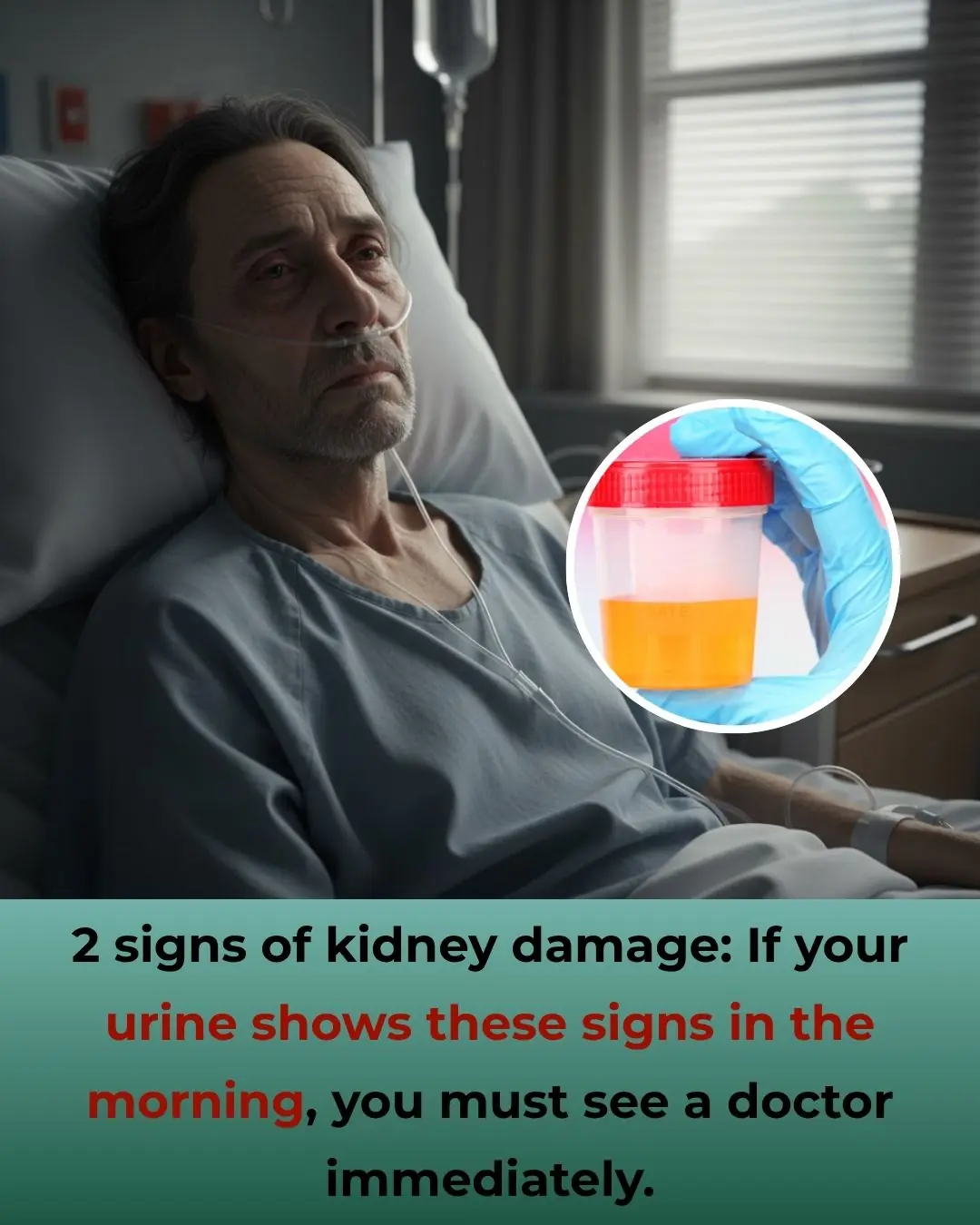
2 Signs of Kidney Damage: Morning Urine Showing These Signs Means You Should See a Doctor Immediately

Saw This Trick For Oven Cleaning
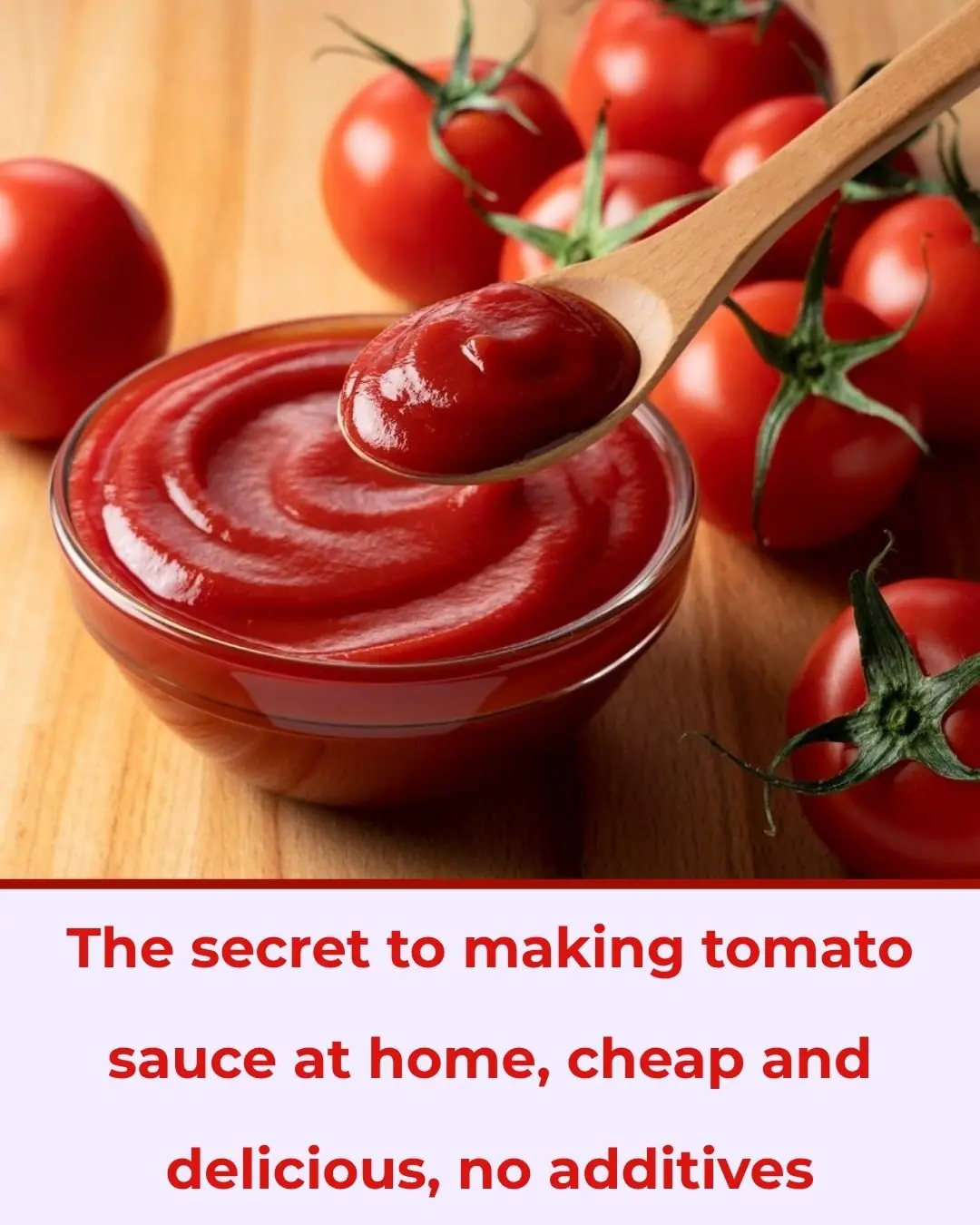
The secret to making tomato sauce at home, cheap and delicious, no additives

The garden has 4 plants. Rắn mê loves them so much, but if you want the whole family to be safe, you should pull them out immediately.

Stop cleaning with these 10 kitchen mistakes
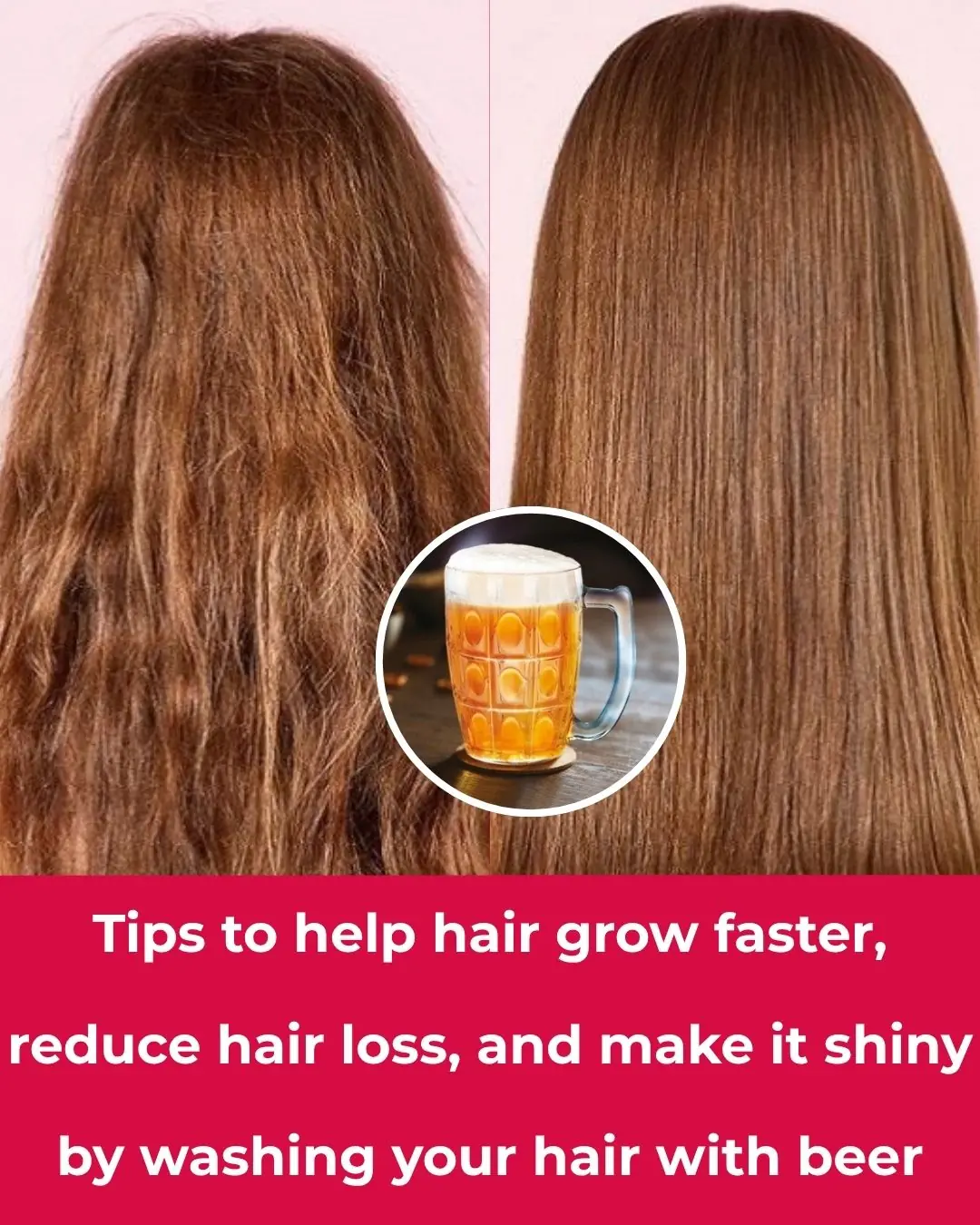
Tips to help hair grow faster, reduce hair loss, and make it shiny by washing your hair with beer
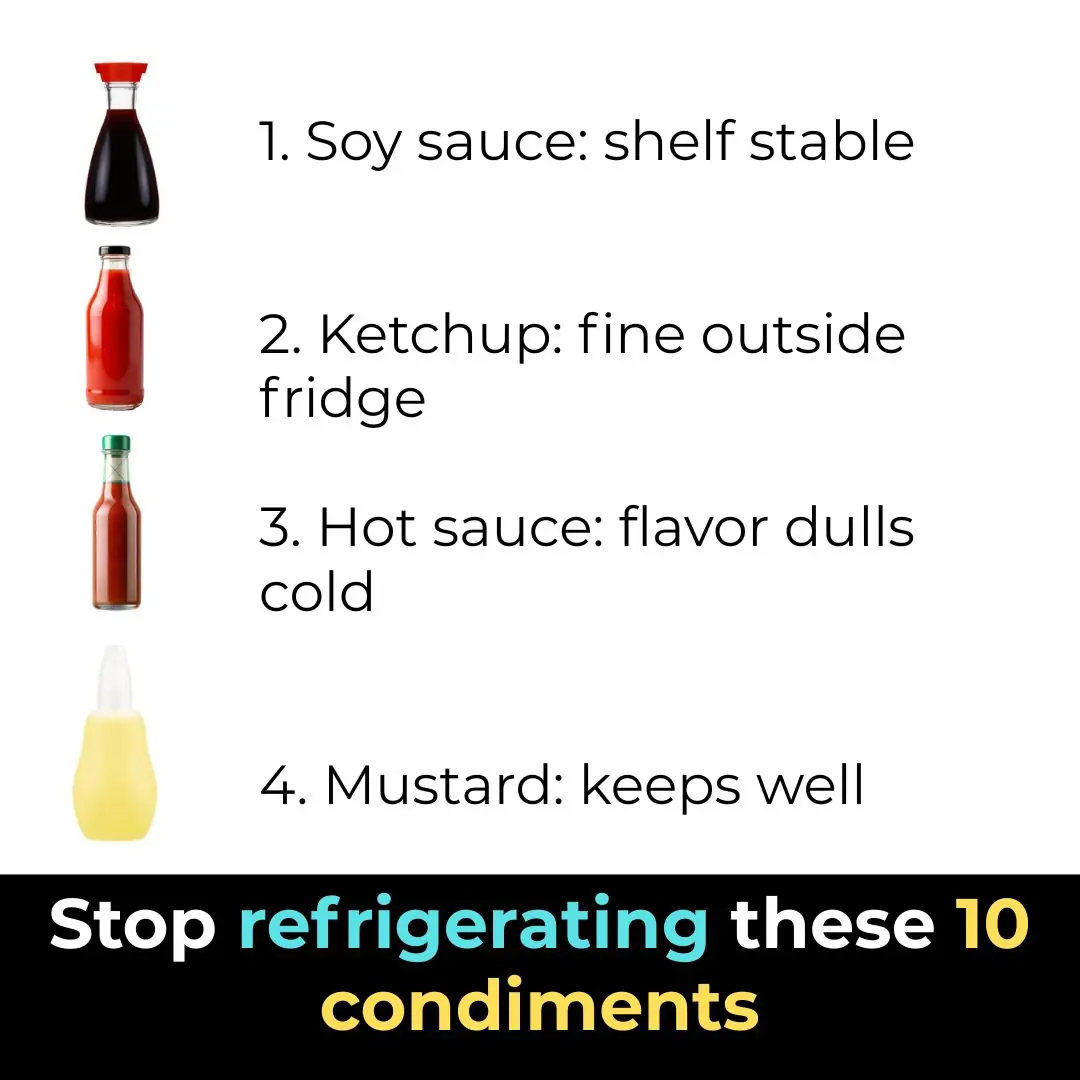
Stop refrigerating these 10 condiments

Put an empty plastic bottle in the washing machine, I admit the person who came up with this trick has a "top notch" IQ
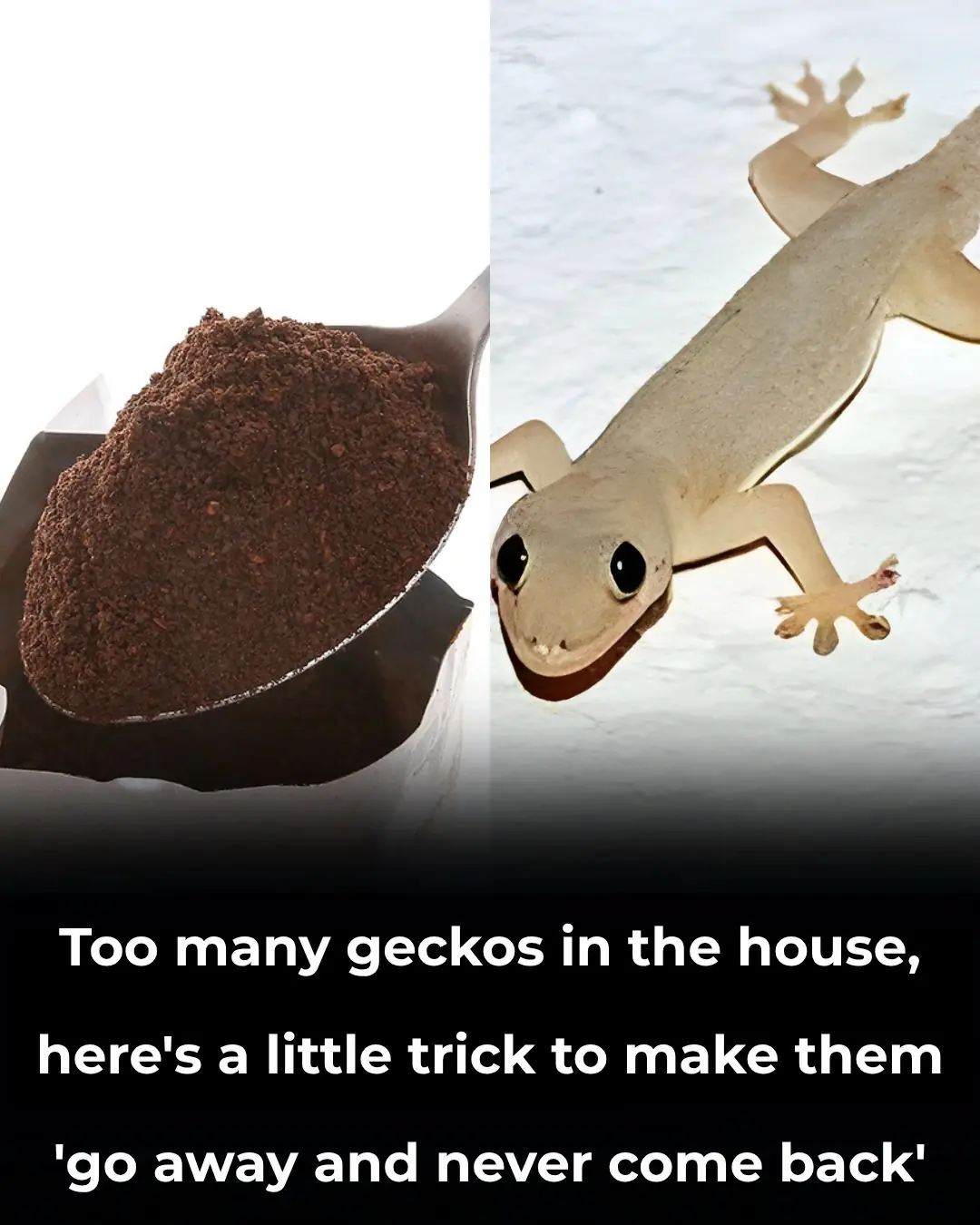
Too many geckos in the house, here's a little trick to make them 'go away and never come back'
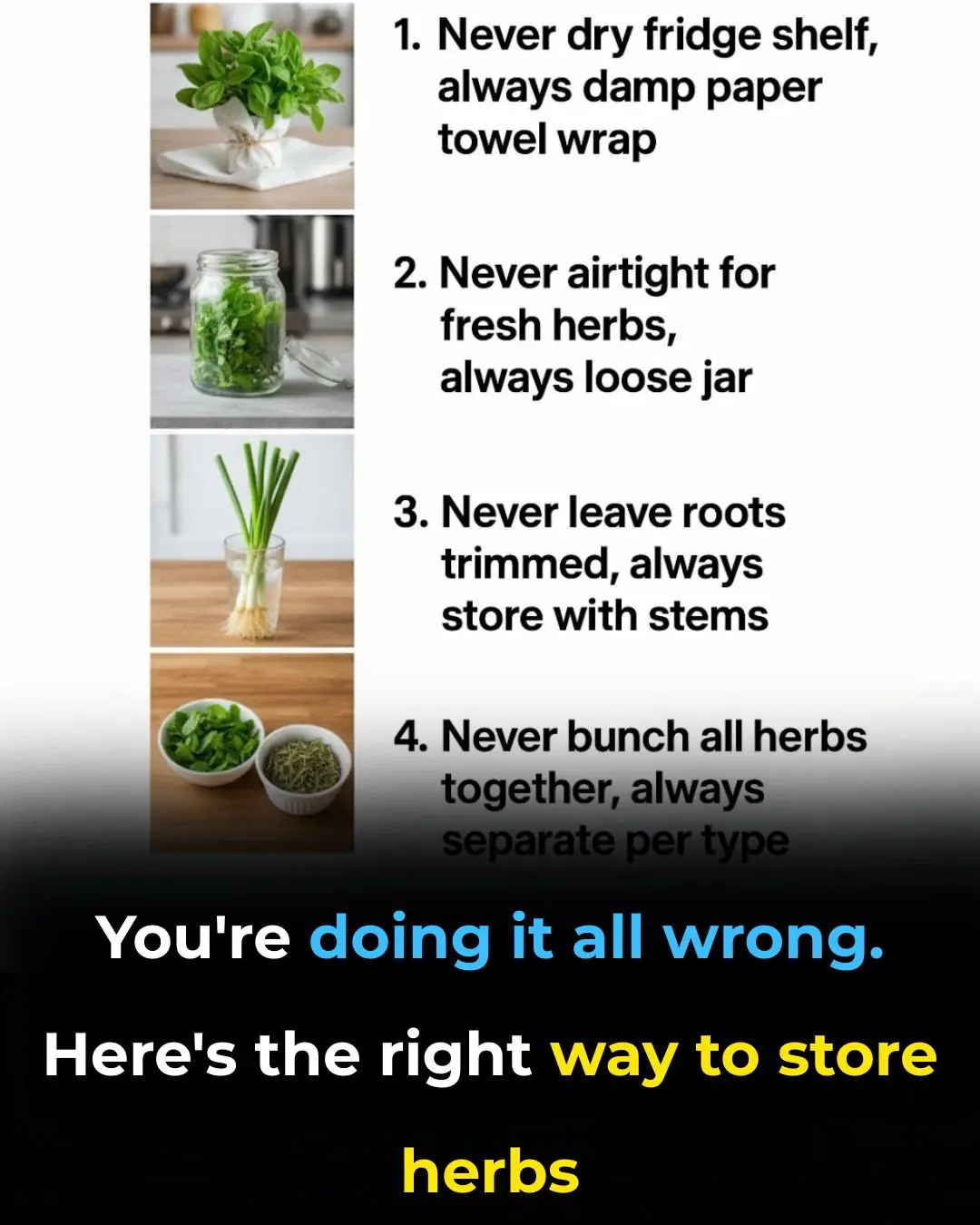
You're doing it all wrong. Here’s the right way to store herbs
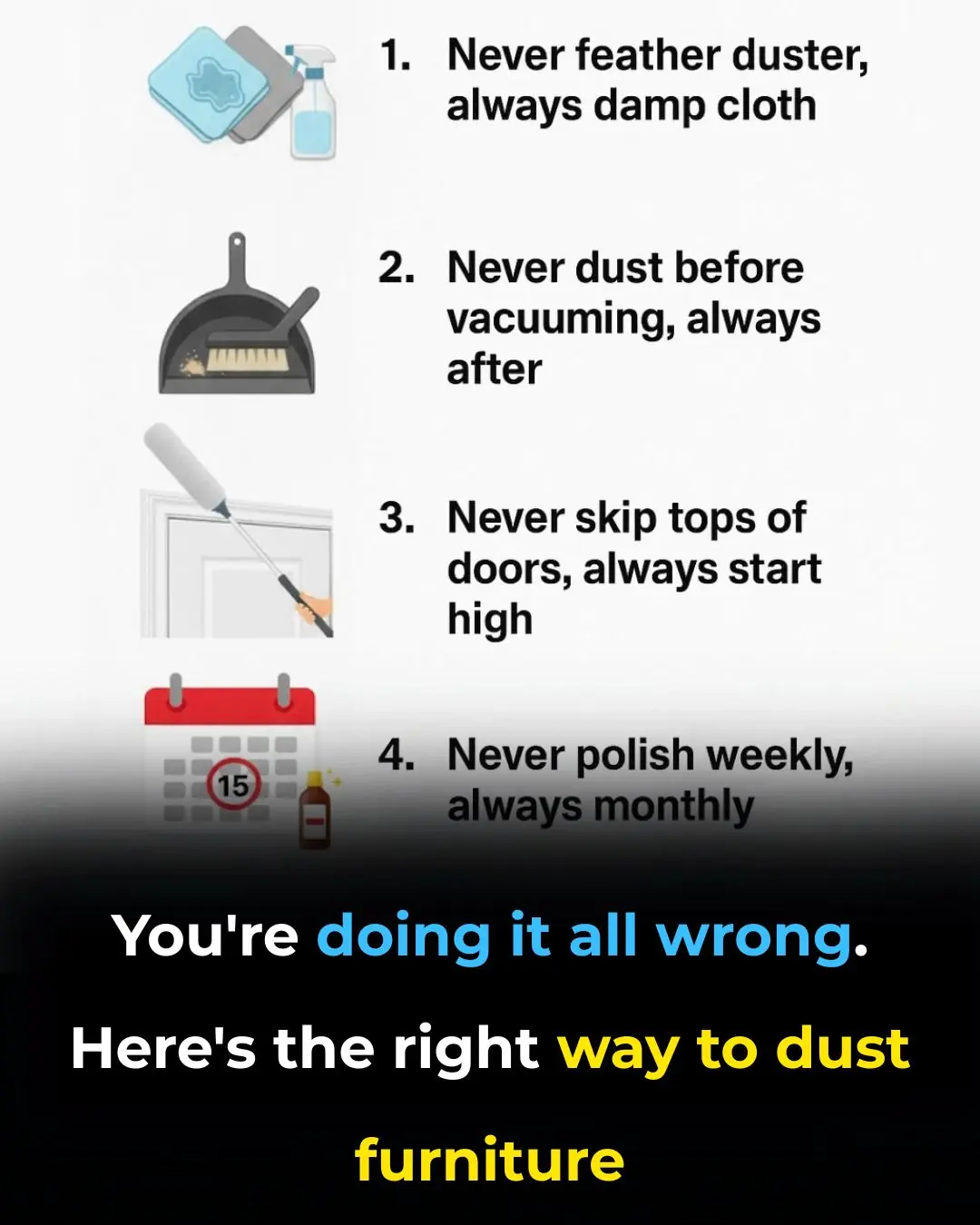
You’re doing it all wrong. Here’s the right way to dust furniture

Help! My 8-year-old was bitten by this strange bug, and I’m really worried. My sister-in-law nearby has seen similar ones. Any idea what it is?
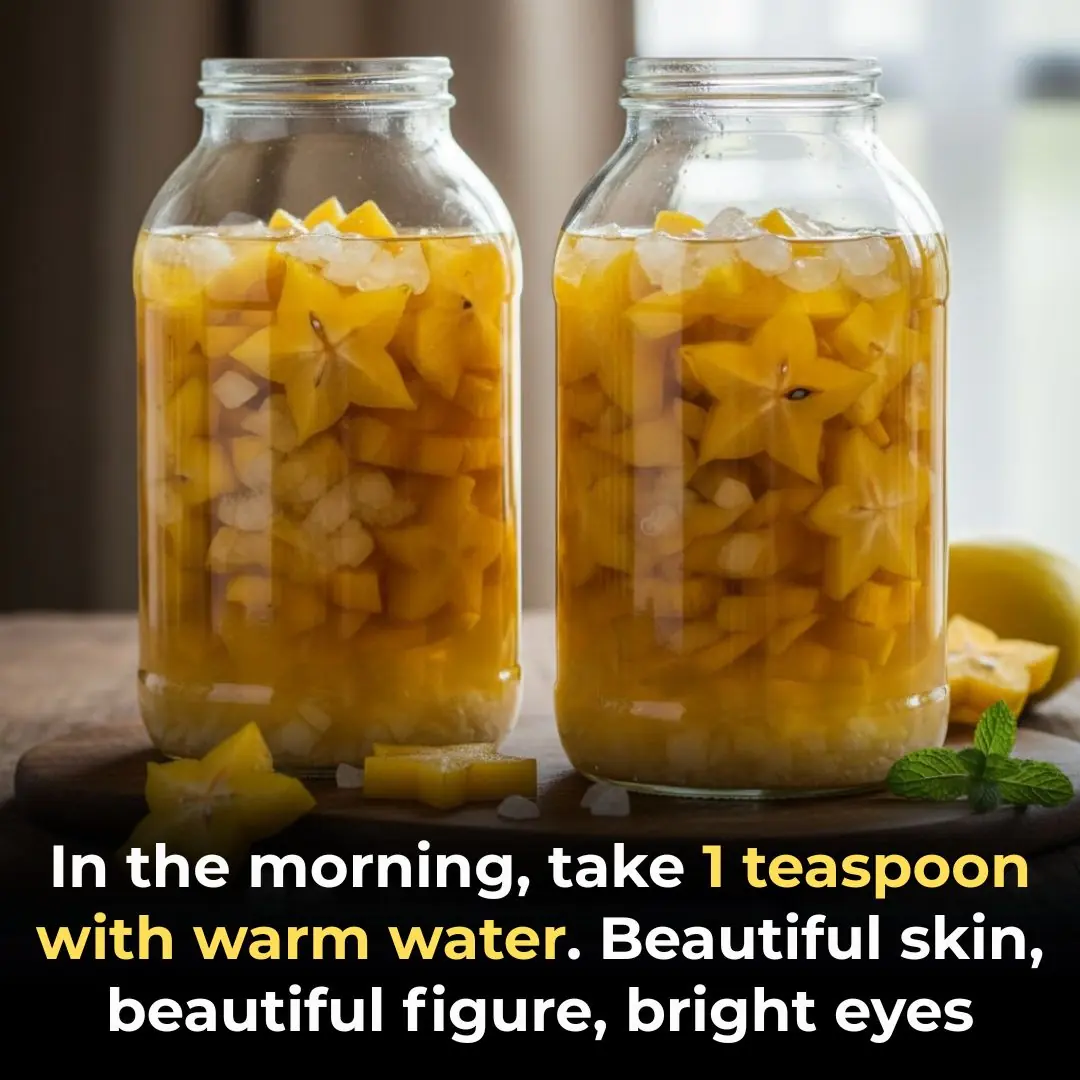
Seeing that my neighbor had a jar of sour star fruit soaked in rock sugar, I asked him to find out how many uses it has
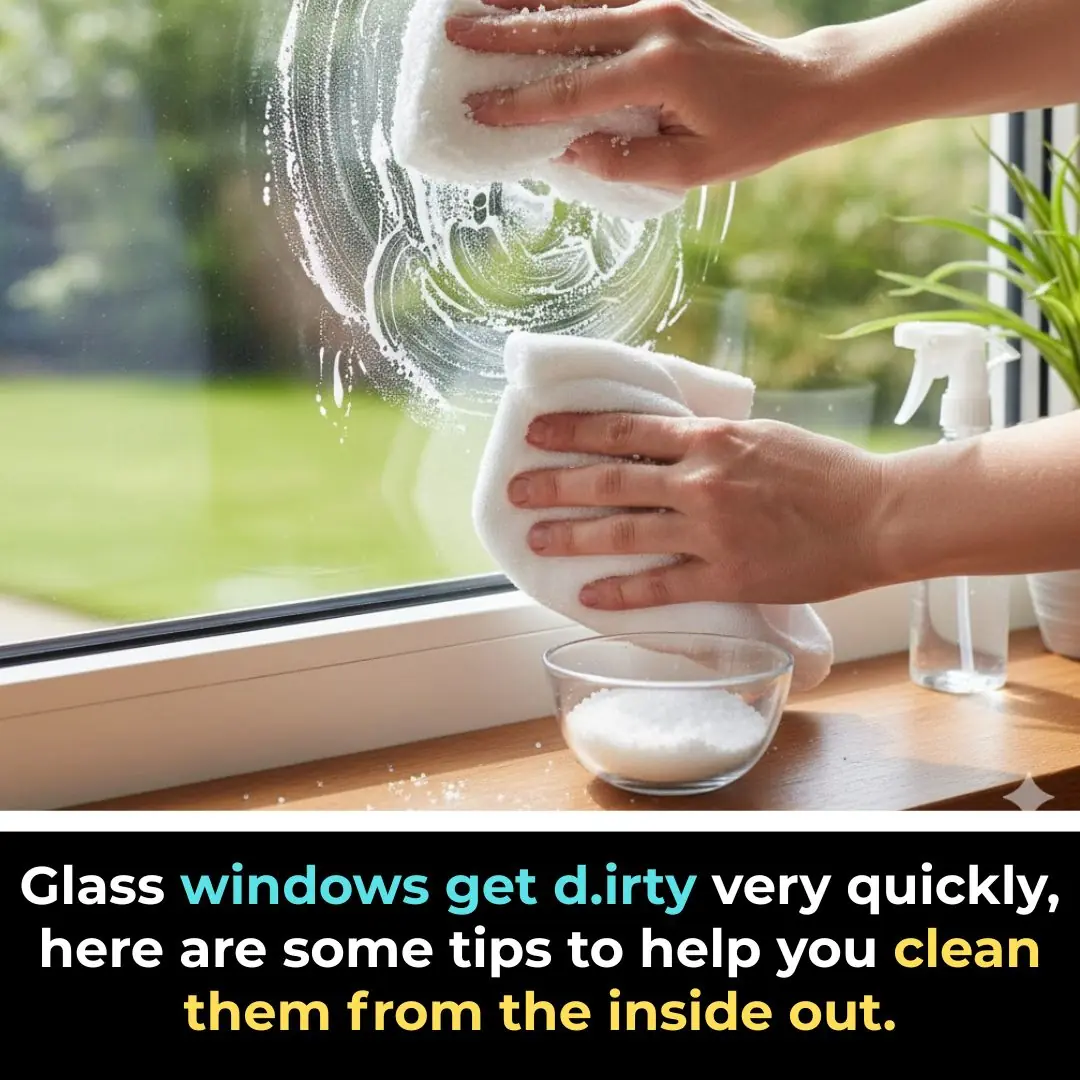
Glass windows get dirty very quickly, here are some tips to help you clean them from the inside out.
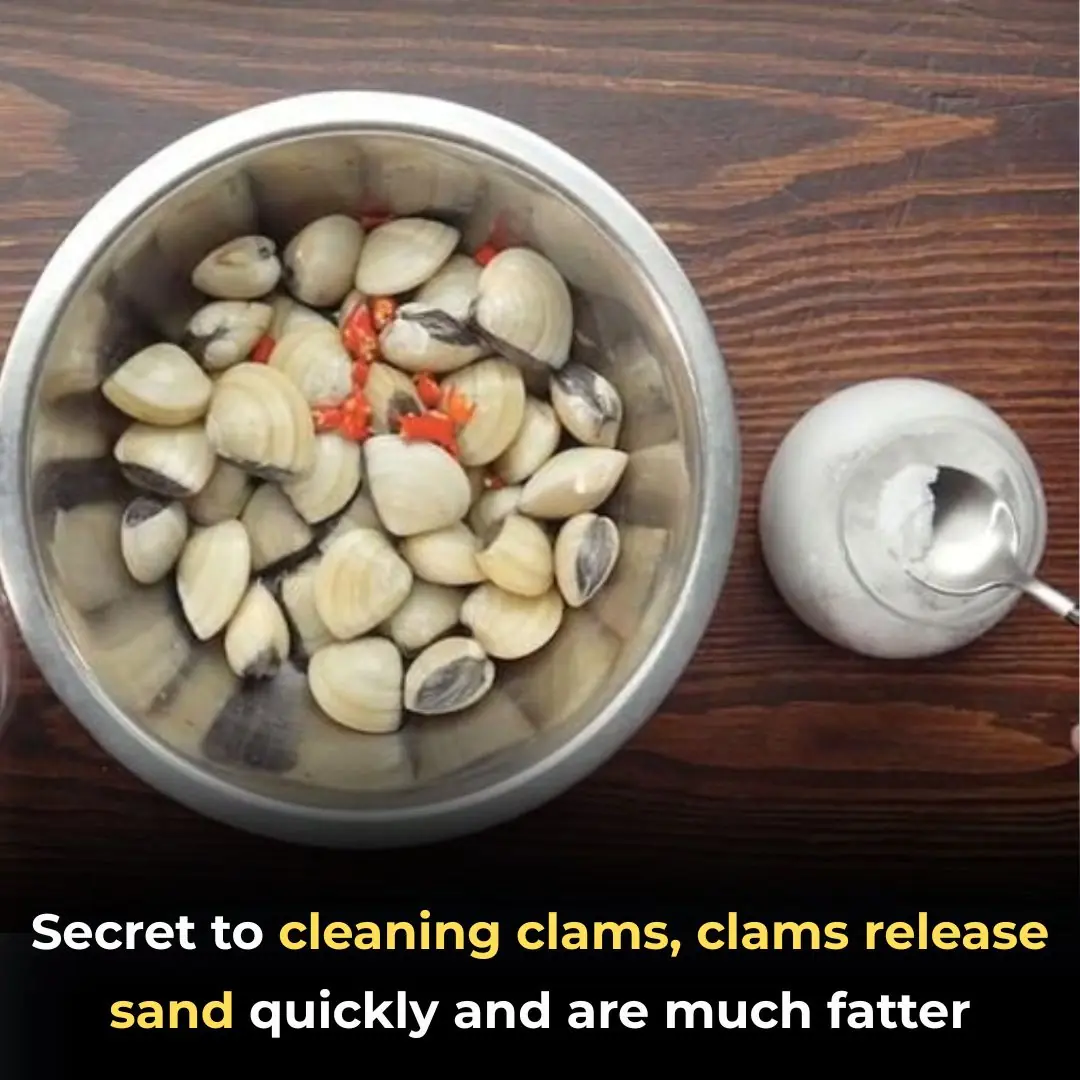
Secret to cleaning clams, clams release sand quickly and are much fatter
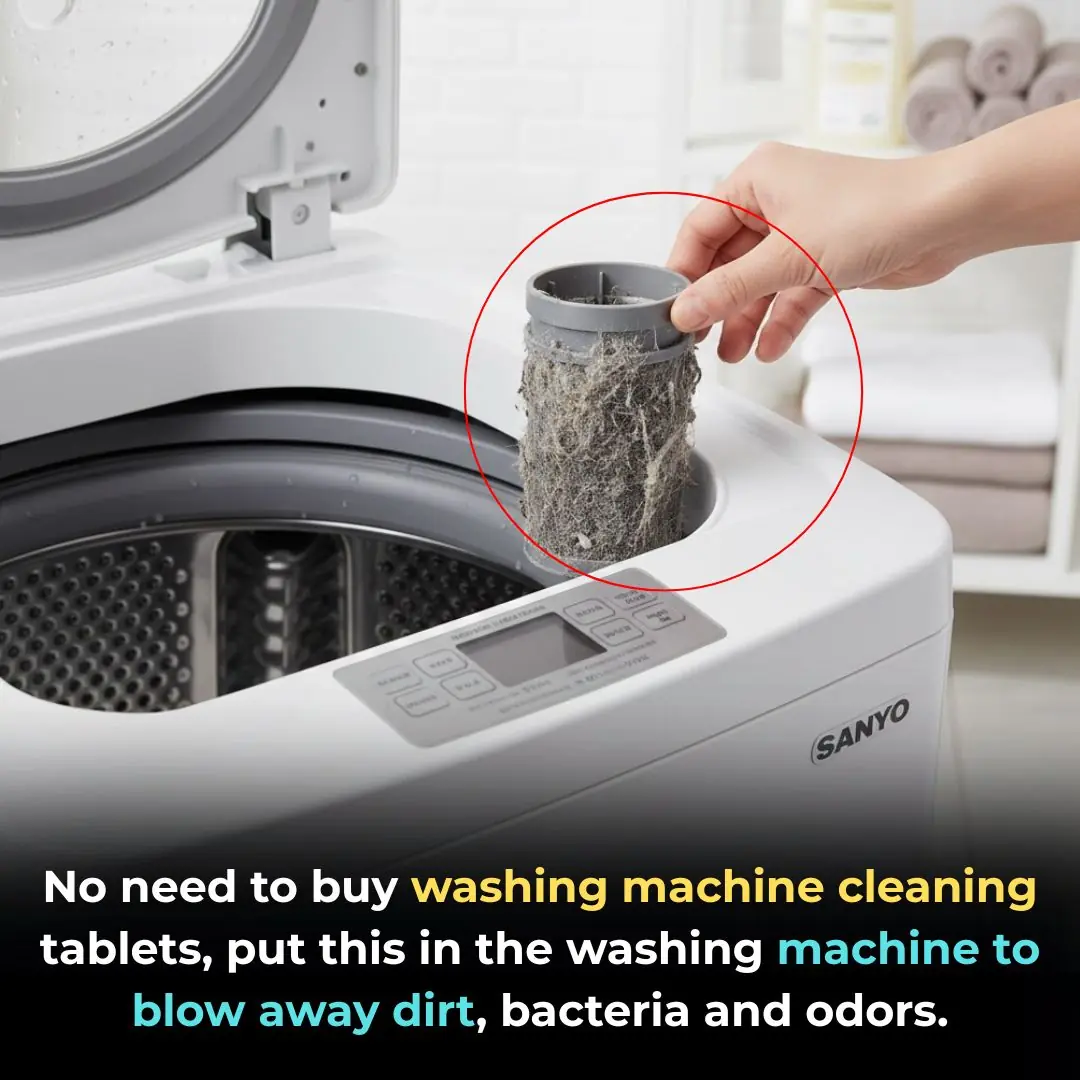
No need to buy washing machine cleaning tablets, put this in the washing machine to blow away dirt, bacteria and odors.

Roast sweet potatoes at home with a rice cooker or air fryer and they still have the same fragrant aroma as grilled on charcoal thanks to this secret.
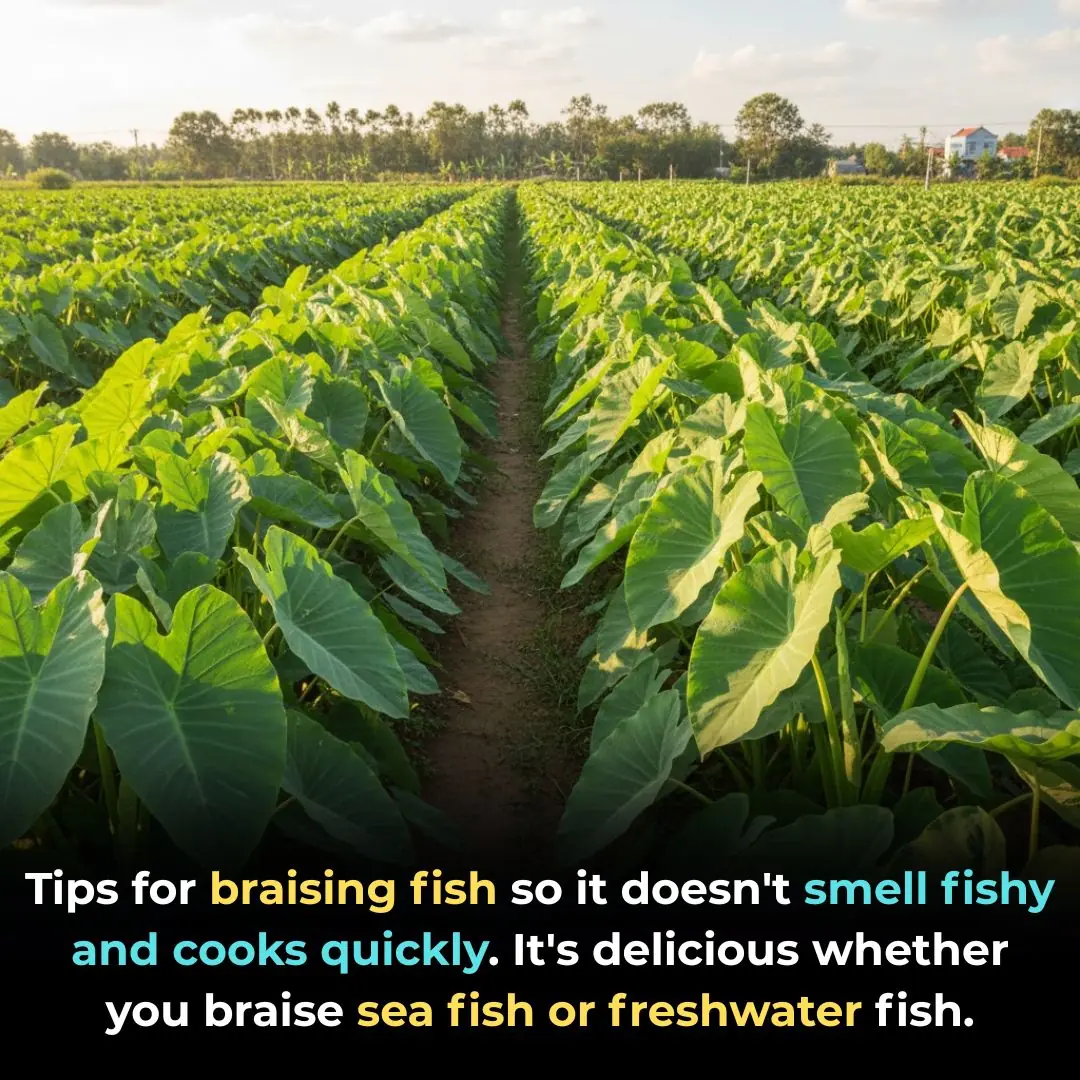
Tips for braising fish so it doesn't smell fishy and cooks quickly. It's delicious whether you braise sea fish or freshwater fish.

Cook delicious crab soup, clam soup, not fishy, with floating crab roe: Just remember these 2 steps
News Post
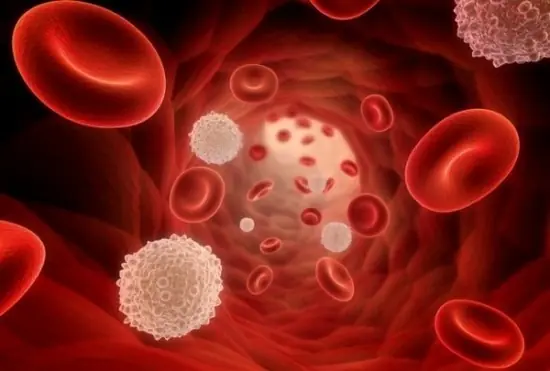
5 Things You Should Never Do in the Morning If You Want to Stay Healthy and Prevent Cancer

From Coma to Kisses: The Miracle Recovery of Bo Bostick

How You Make A Fist Shape Reveals a Lot

Louise Redknapp's health battles including 'worst condition doctors had seen'

Restaurant Owner Di.es at 42 from Liver Failure: Doctor Says It Was Caused by Ignoring One Thing for Years

A Reunion That Shook the Forest.
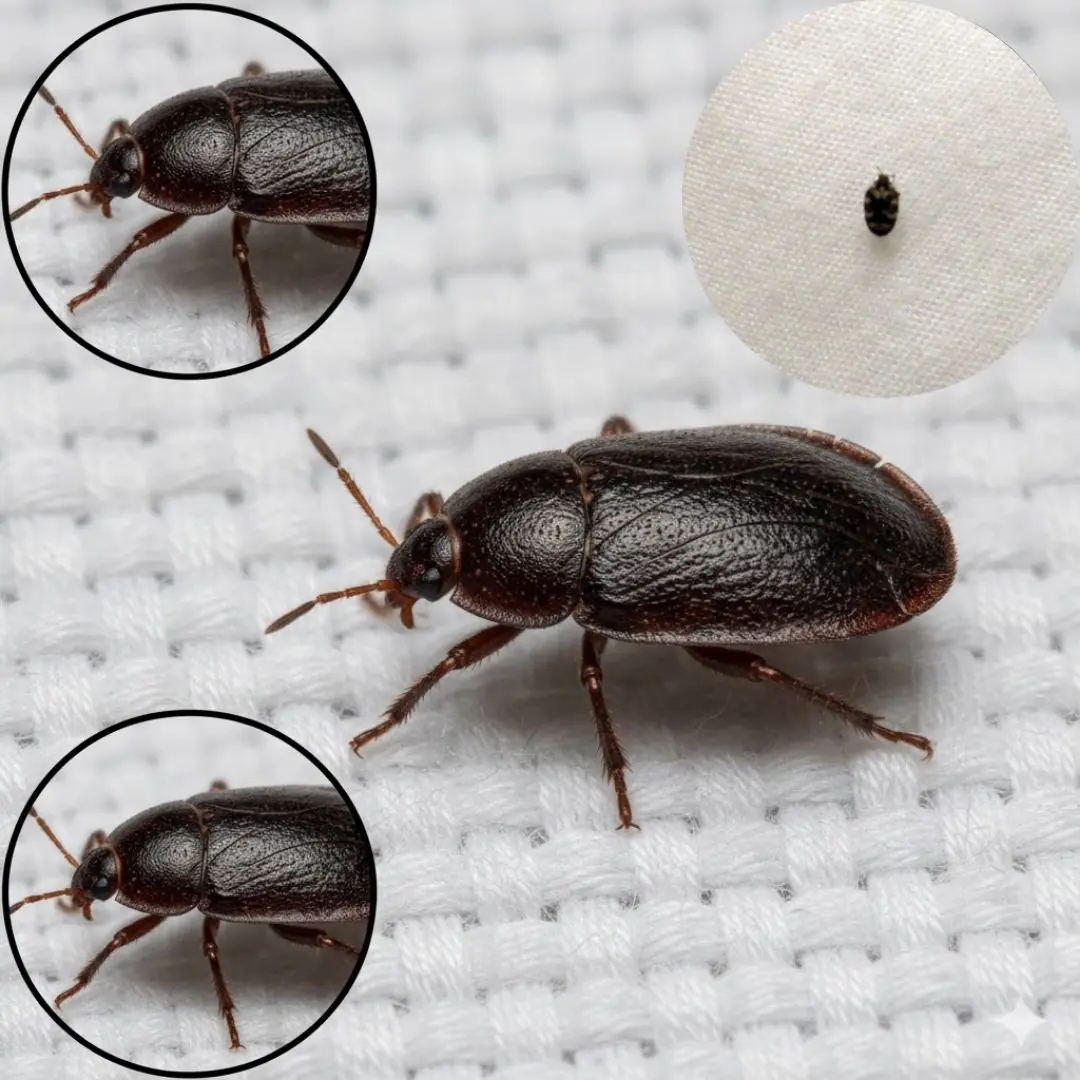
Find a Tick Inside Your Home

A 42-Year-Old Man D.ied of a Stroke Despite Not Sm.oking or Drin.king — The Doctor Was Furious and Said: How Dare You Eat This Every Day

The Cow, the Car, and the Letter That Touched Everyone.

Selling Sunset’s Chelsea Lazkani tears up after brutal Mary snub

The Boy Who Was Late for Class but On Time for Humanity.

The Woman with the Invisible Lint.
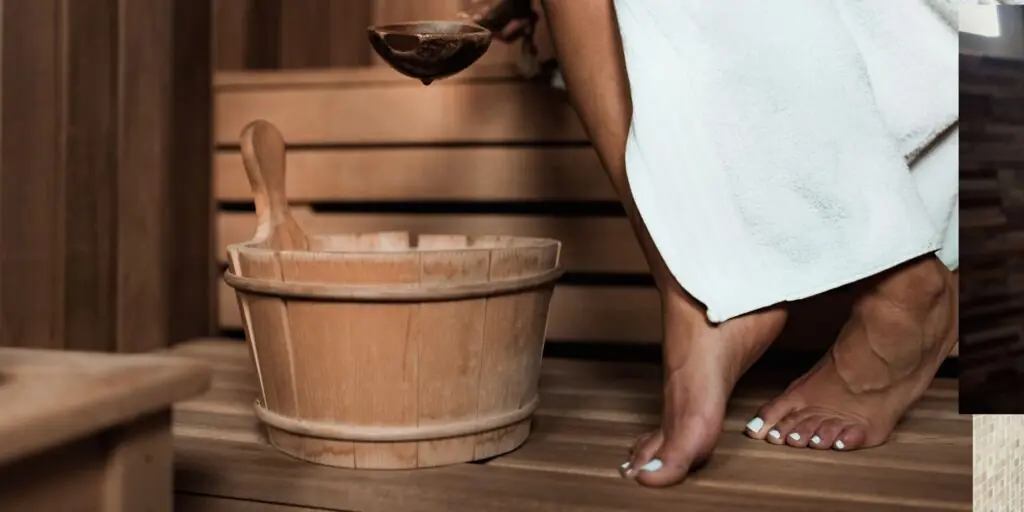
This Old-Time Secret Flushes Out Toxins, Soothes Joints, and Improves Circulation

Throat Pain Leads to a Shocking Diagnosis: Man Discovers Late-Stage Stomach Cancer and Blames Two Hidden “Culprits” in His Kitchen

The Miracle of the “Unicorn Babies”.

DIY Turmeric Shots That Fight Inflammation, Flush Parasites, and Leave Your Gut Feeling Brand New

The Elephant and the Ostrich: A Friendship Beyond Species.

The Doctor Who Created a Fake Epidemic to Save 8,000 Lives.

2 Signs of Kidney Damage: Morning Urine Showing These Signs Means You Should See a Doctor Immediately
